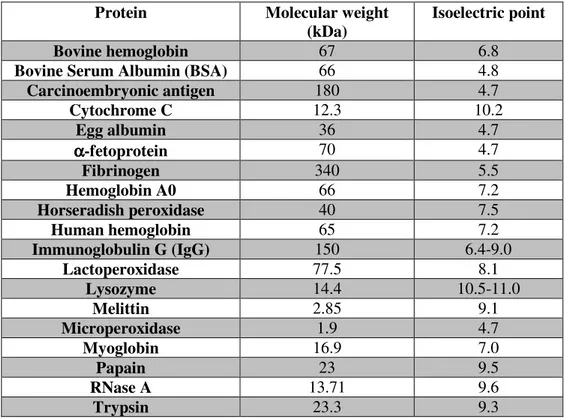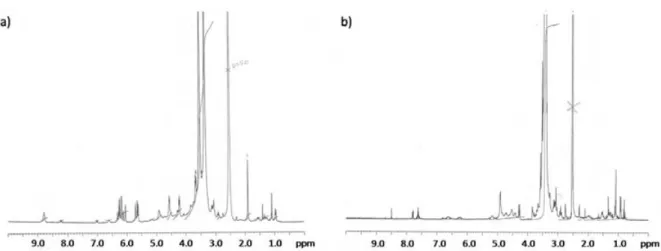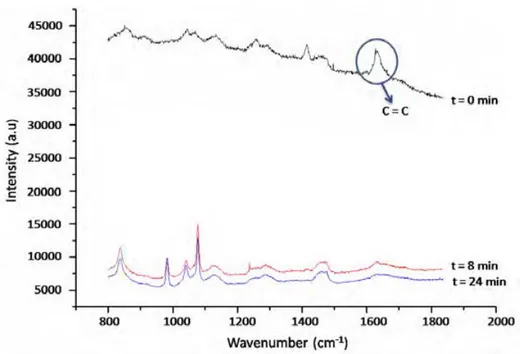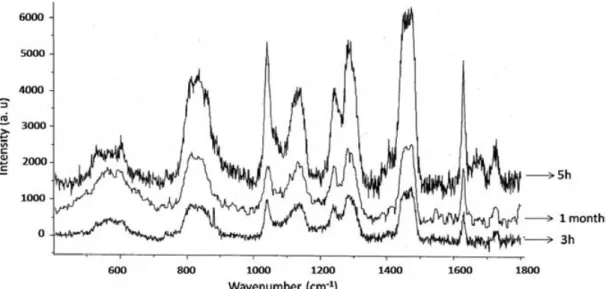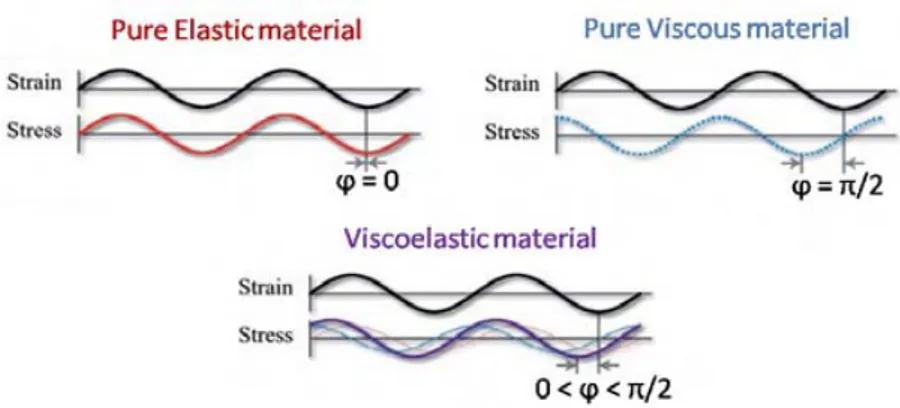Nanostructuration of innovative molecular imprinted polymers for their use in protein detection
Texte intégral
Figure
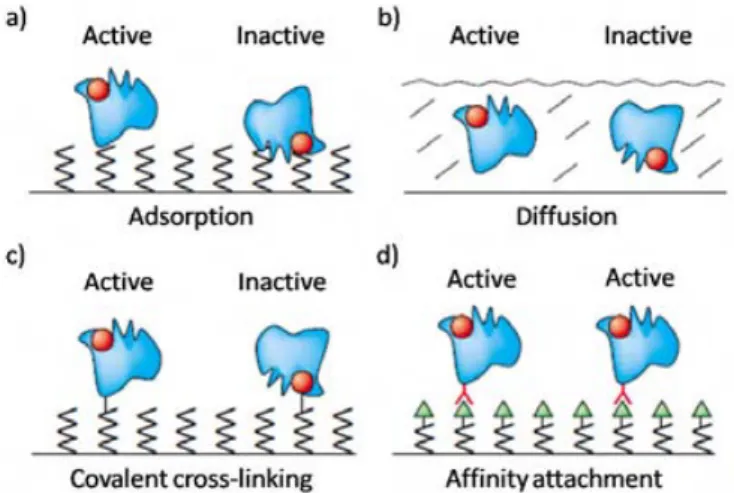
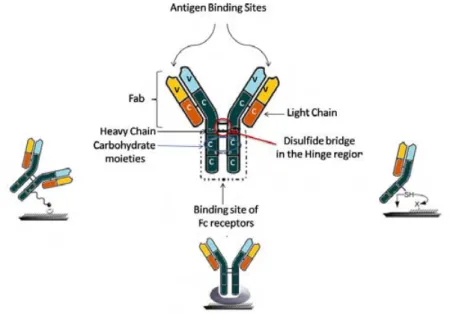

![Table 3. Main advantages and disadvantages of the most commonly used transducers. [37-39] a](https://thumb-eu.123doks.com/thumbv2/123doknet/2176039.10300/44.892.89.816.109.974/table-main-advantages-disadvantages-commonly-used-transducers.webp)
Documents relatifs
The scope of Clement’s controversy it that of distancing the figure of Asclepius from Christ, which, as we shall see, is present on several occasions in the Exhortation
Direct fluorimetric sensing of UV-excited analytes in biological and environmental samples using molecularly imprinted polymer nanoparticles and fluorescence polarization..
These include technical practices such as monitoring of the fetal heart rate and ascertaining the correct moment to start pushing, but also cover issues such as freedom in
57.7 and 57.17 : “The following collective rights of indigenous communes, communities, peoples, and nations are recognized and guaranteed, in accordance with the Constitution
The analysis of the chromatographic behaviour, the comparison with NIPs and the selectivity for carbenda- zim showed that these polymers could be useful applied as stationary phase
In the case of avant de and sans, the English translation is often a conjugated verb (Before they left), or a present participle (Before leaving), rather than the English
l’utilisation d’un remède autre que le médicament, le mélange de miel et citron était le remède le plus utilisé, ce remède était efficace dans 75% des cas, le
this manuscript reports on the development of a capacitive sensor for the detection of imidacloprid (IMD) in water samples based on molecularly imprinted polymers (MIPs).. MIPs used

